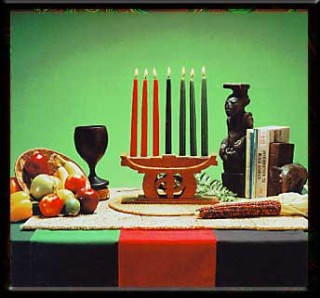You only know what you know and all I know is how my family celebrated Christmas. In years past, we have gone to church and then to dinner, in others, we would go to a friend’s house and most recently, we would open presents, eat Christmas dinner and gather together on the couch to watch movies. This year was different, as I would spend the holiday with Doug and his family in Florida. Knowing nothing of how they spent their Christmas or any traditions their family celebrated, I was looking forward to seeing how other families celebrated their holiday.
Doug’s family is from South Alabama and truly embrace all of the stereotypes of the Southern culture. The term, southern hospitality, attributed to Jacob Abbott, came to fruition while he was traveling through the South in the 19th century and defined the Southerners willingness to provide a stranger with food, shelter and entrance to their home as a part of the culture of southern hospitality. The southern culture focuses heavily on etiquette, such as “yes ma’am/no sir,” holding the door open for woman and the removal of hats upon entering a home. It also focuses largely on cooking, food and eating!
 The preparation of food began early on Christmas Day, with the boiling of a fresh ham and putting a roast in the oven. A female friend came late in the morning to help with the preparation of the meal and brought with her a turkey, deviled eggs and a bundt cake. From there, the women prepared potatoes, sweet potatoes, sauteed squash, cornbread stuffing, stuffed celery, spinach salad and green bean casserole. Also on the table, one could find: spiced peaches, different types of pickles, olives, pickled crab apples, cranberry sauce and a various assortment of breads. And that was just dinner! Dessert included pound cake, rum bundt cake, ice cream, both a chocolate and a caramel layer cake, ambrosia, and two kinds of cookies.
The preparation of food began early on Christmas Day, with the boiling of a fresh ham and putting a roast in the oven. A female friend came late in the morning to help with the preparation of the meal and brought with her a turkey, deviled eggs and a bundt cake. From there, the women prepared potatoes, sweet potatoes, sauteed squash, cornbread stuffing, stuffed celery, spinach salad and green bean casserole. Also on the table, one could find: spiced peaches, different types of pickles, olives, pickled crab apples, cranberry sauce and a various assortment of breads. And that was just dinner! Dessert included pound cake, rum bundt cake, ice cream, both a chocolate and a caramel layer cake, ambrosia, and two kinds of cookies.
While I have a lot of extra calories to burn, it’s warming to the soul to enjoy food that is prepared with love, where eating is an event in and of itself, and most importantly, that I have felt loved and welcomed with open arms into a family, with different traditions and a whole lotta Southern hospitality!







